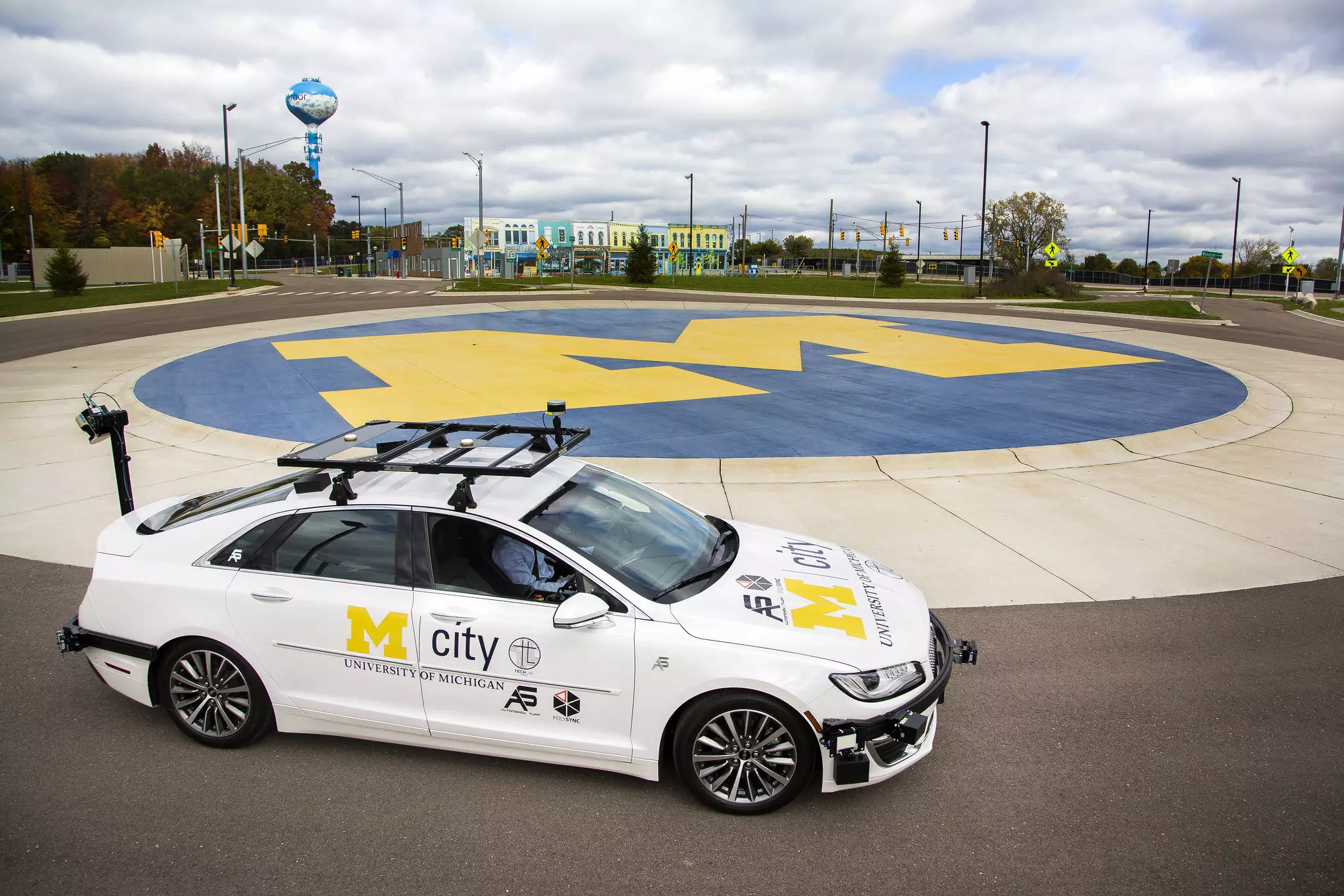Self-driving vehicles are becoming more prevalent in today’s society, with advancements in technology allowing for collaboration and communication between these vehicles. However, a recent study led by the University of Michigan highlights the vulnerability of these emerging networks to data fabrication attacks. This poses a significant threat to the safety and security of passengers and other drivers on the road.
The concept of collaborative perception in self-driving vehicles allows for a more comprehensive understanding of the environment by leveraging collective sensing power and data insights. While this may enhance the capabilities of autonomous vehicles, it also opens up opportunities for hackers to introduce fake information into the system. This malicious data can lead to serious repercussions, such as sudden braking or even collisions.
The study conducted by the researchers at the University of Michigan involved rigorous testing of data fabrication attacks in both virtual simulations and real-world scenarios at the Mcity Test Facility. The attacks, which were designed to appear realistic to the system, proved to be highly effective with success rates as high as 86%. On-road experiments resulted in collisions and hard braking, highlighting the severity of the security risks associated with these attacks.
In response to these security vulnerabilities, the researchers developed a countermeasure system known as Collaborative Anomaly Detection. This system leverages shared occupancy maps to detect geometric inconsistencies in the data, enabling vehicles to quickly identify abnormal information. The effectiveness of this system was demonstrated with a detection rate of 91.5% and a false positive rate of 3% in simulated environments, reducing safety hazards in real-world scenarios.
The findings of this study provide a robust framework for improving the safety and security of connected and autonomous vehicles. By detecting and countering data fabrication attacks, it sets a new standard for research in this domain. The open-sourcing of the methodology and benchmark datasets encourages further development and innovation in autonomous vehicle safety and security, paving the way for advancements in transportation, logistics, smart city initiatives, and defense.
The vulnerability of emerging self-driving vehicle networks to data fabrication attacks poses a serious threat to the safety and security of passengers and other road users. It is imperative for fleet operators and technology developers to implement preventive measures, such as the Collaborative Anomaly Detection system, to mitigate these risks. By addressing the security vulnerabilities of collaborative perception systems, we can ensure the continued advancement of connected and autonomous vehicles while safeguarding against potential cyber threats.


Leave a Reply